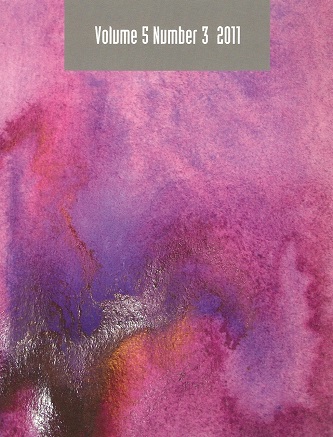‘A Deleuzian cineosis: cinematic syntheses of time’

Deleuze Studies
Volume 5, number 3, 2011
Edinburgh University Press
What is the impetus for the taxonomy of Deleuze’s time-image? Is there even a taxonomy here? What relationship do hyalosigns have with chronosigns, and chronosigns with noosigns? How do opsigns and sonsigns become lectosigns?
In Cinema 1 Deleuze creates the taxonomy of the movement-image by extending Henri Bergson’s sensory-motor process in Matter and Memory through the semiotic system of Charles Sanders Peirce. With the nexus of Bergson and Peirce, Deleuze can account for each image and sign, their impetus and their relationship.
In contrast, the taxonomy of the time-image, the focus of Cinema 2, is given no such genesis. Rather, the images and signs appear in situ, given in-and-of themselves and through their connections to each other. This article proposes that the stimulus for the taxonomy of the time-image is the three syntheses of time from Difference and Repetition, and that the nine aspects of these syntheses can be seen to correspond to the nine signs of the time-image.
Essay available to read for free on Academia.edu >>>
Also available at Edinburgh University Press